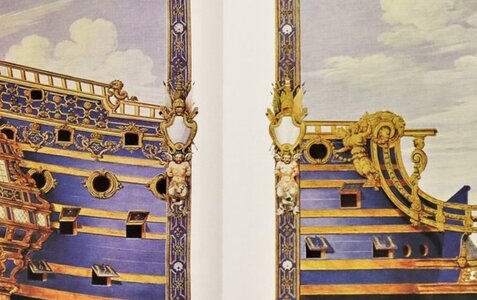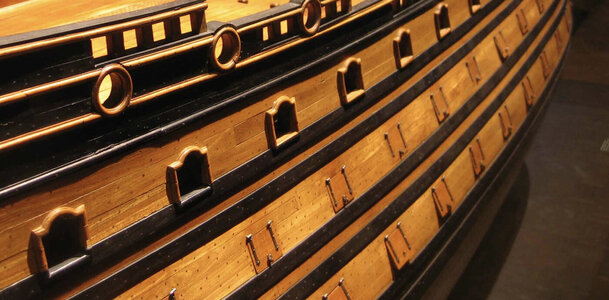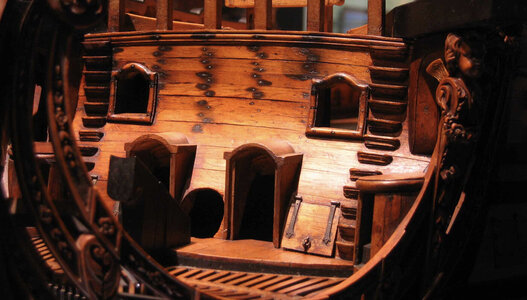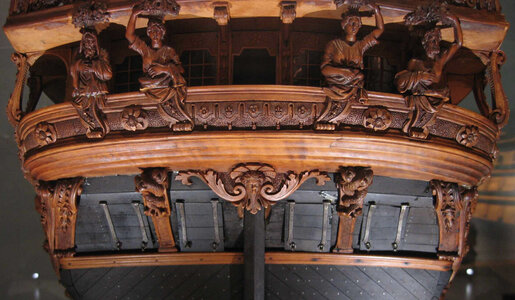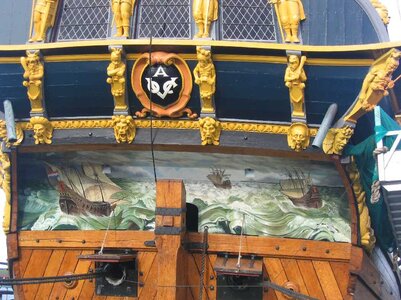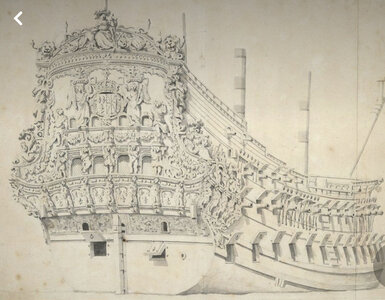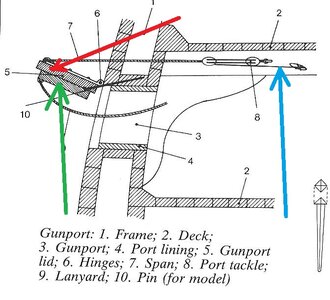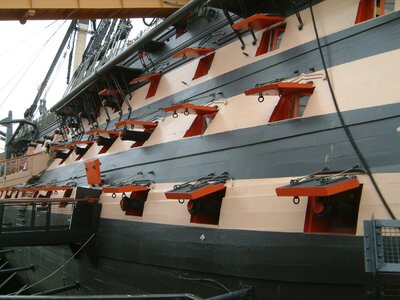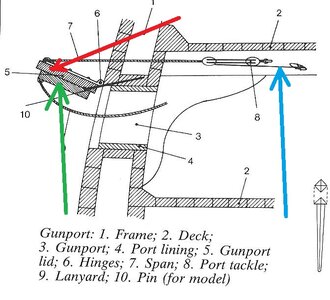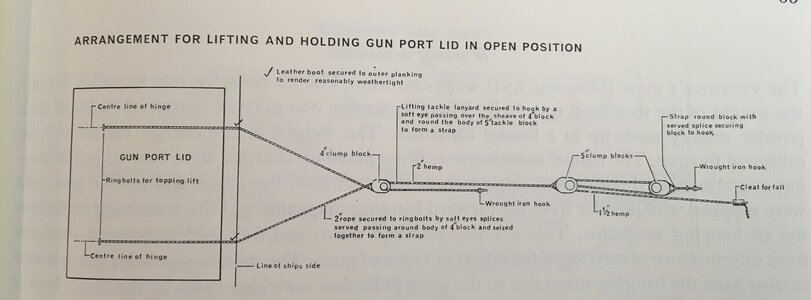Hi, this is my fist post here so I hope I placed it in the right category. I am working on the Heller le Soleil Royal and I am working on the gun ports. I want to make it a somewhat accurate model and I was going to put 2 holes in the lids for 2 ropes. But with every little thing I want to do I first want to do some research. and I came across several ships that had 1 rope for the lids but also some that were secured with 2 ropes. For example:
the Victory has her lids secured with 2 ropes
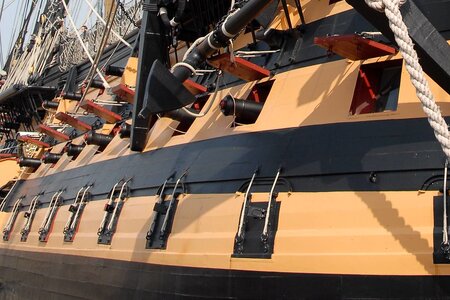
but the vasa has her lids secured with just one
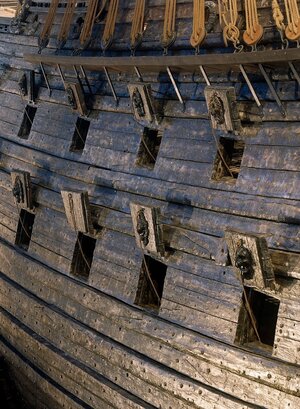
can someone help me understand why? May its just obvious like the time period or just different country's.
the Victory has her lids secured with 2 ropes

but the vasa has her lids secured with just one

can someone help me understand why? May its just obvious like the time period or just different country's.



